The general rule is that food for human or animal consumption is subject to zero rate VAT. However, where food is supplied as part of a catering contract, standard rate VAT (20%) must be applied to the cost of all the food whether it is served hot or cold. This covers restaurant meals, and any prepared food to be eaten on the premises.
Where the takeaway food is intended to be eaten hot, like fish and chips, VAT should be applied at 20%. Where the food is to be eaten cold (or at least ‘not hot’), such as sandwiches, zero rate VAT should be applied.
Difficulties arise when a café or takeaway outlet cooks the food item and allows it to cool before selling it. This issue was the basis of the infamous ‘pasty tax’ in 2012, but food sellers are still getting the rules wrong and ending up with huge VAT bills.
In a recent case, a market stall selling Caribbean curries prepared each curry in the morning and kept it warm in a bain marie until it was served to customers at lunch time or later. As the food was served above the ambient room temperature, HMRC regarded the food as ‘hot’, hence 20% VAT should have been added to the price.
The VAT rules for food and drink can be very tricky to apply correctly, but we can help check whether your business is getting it right.



